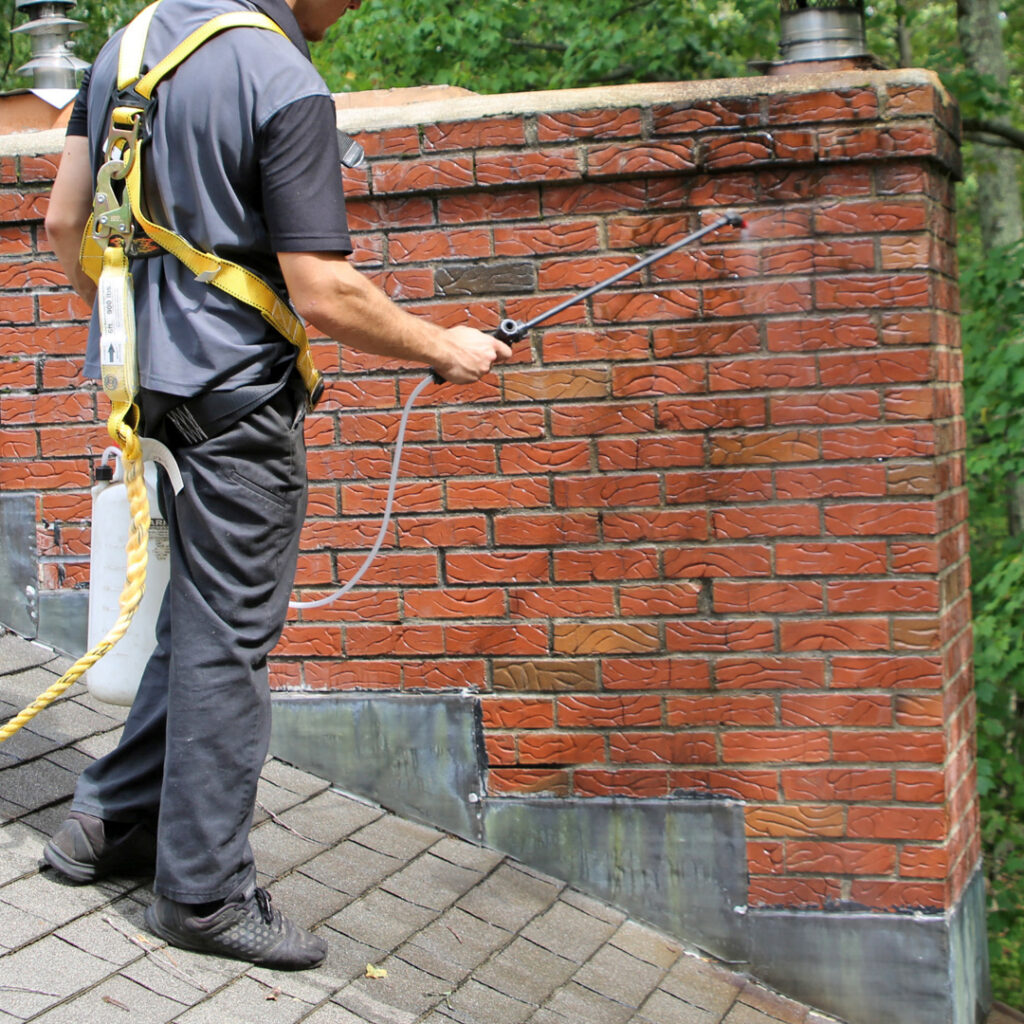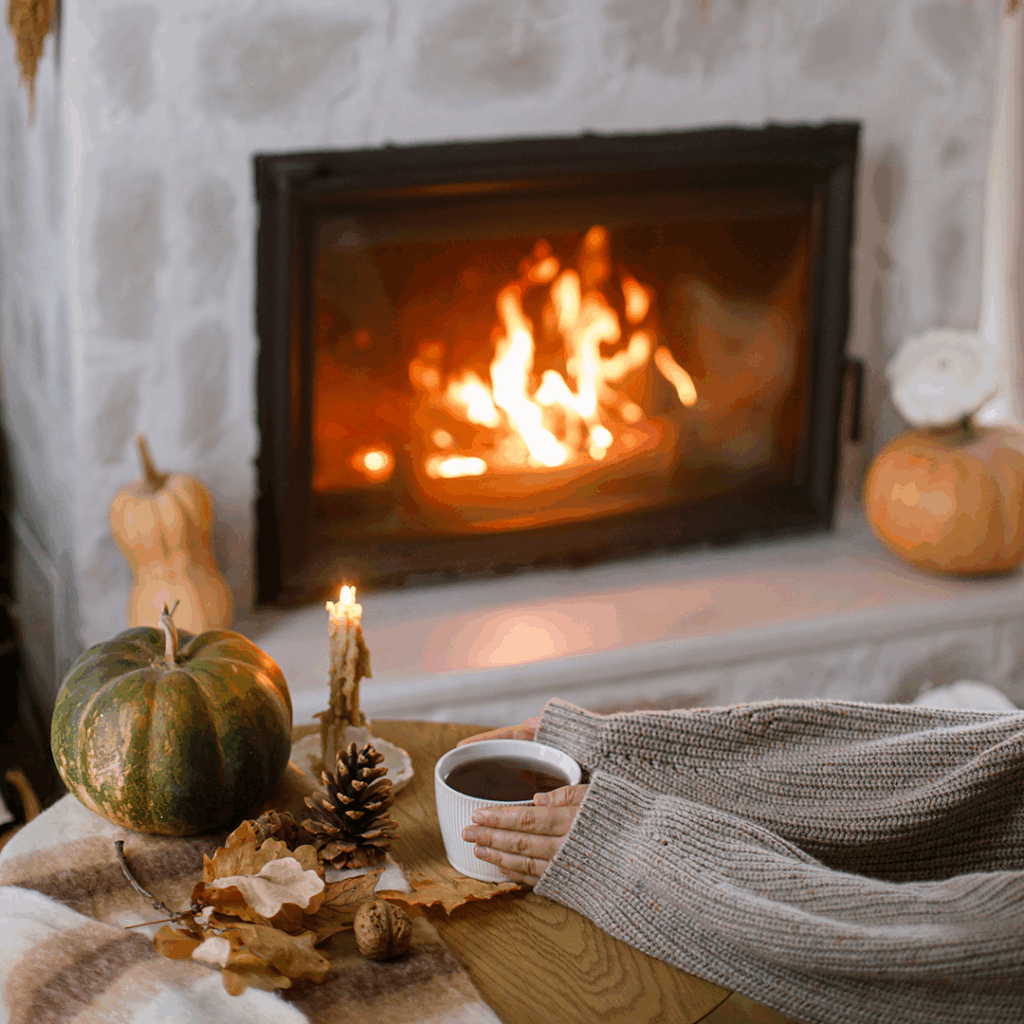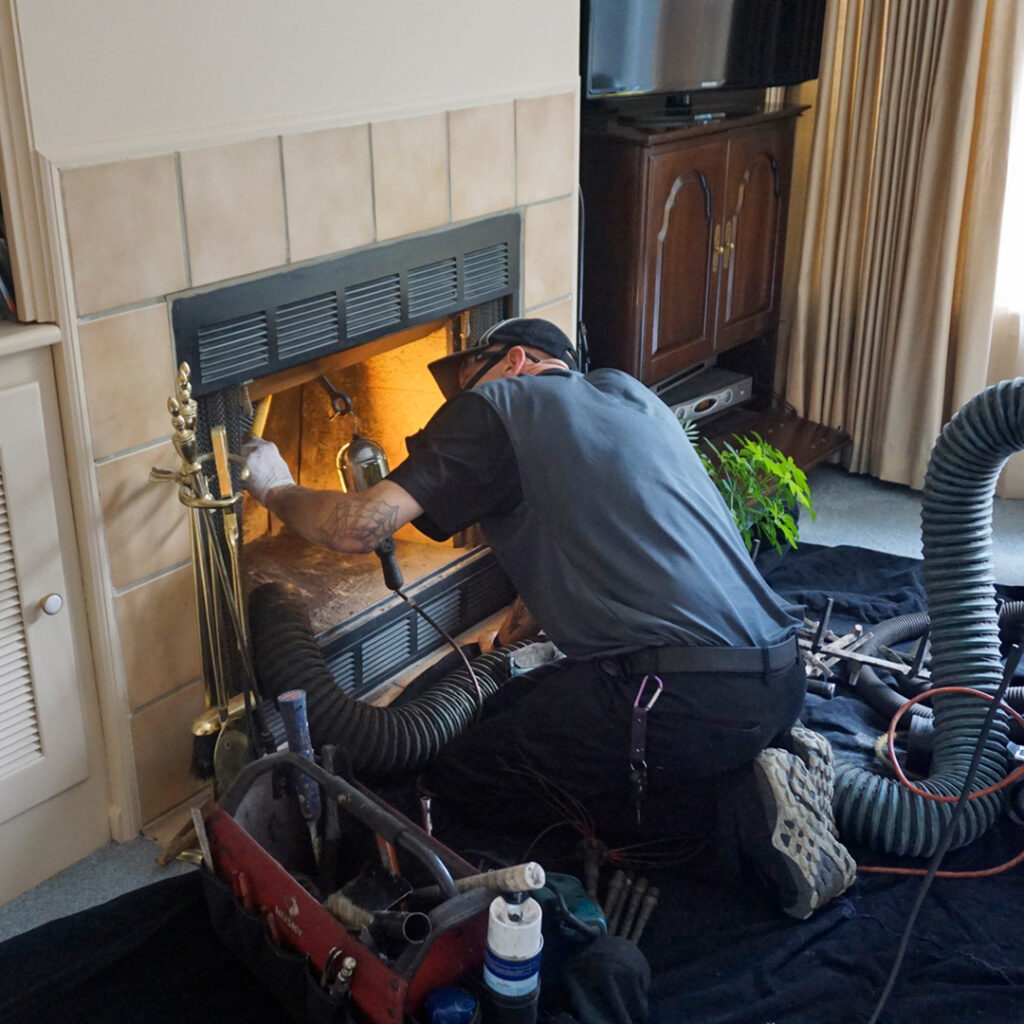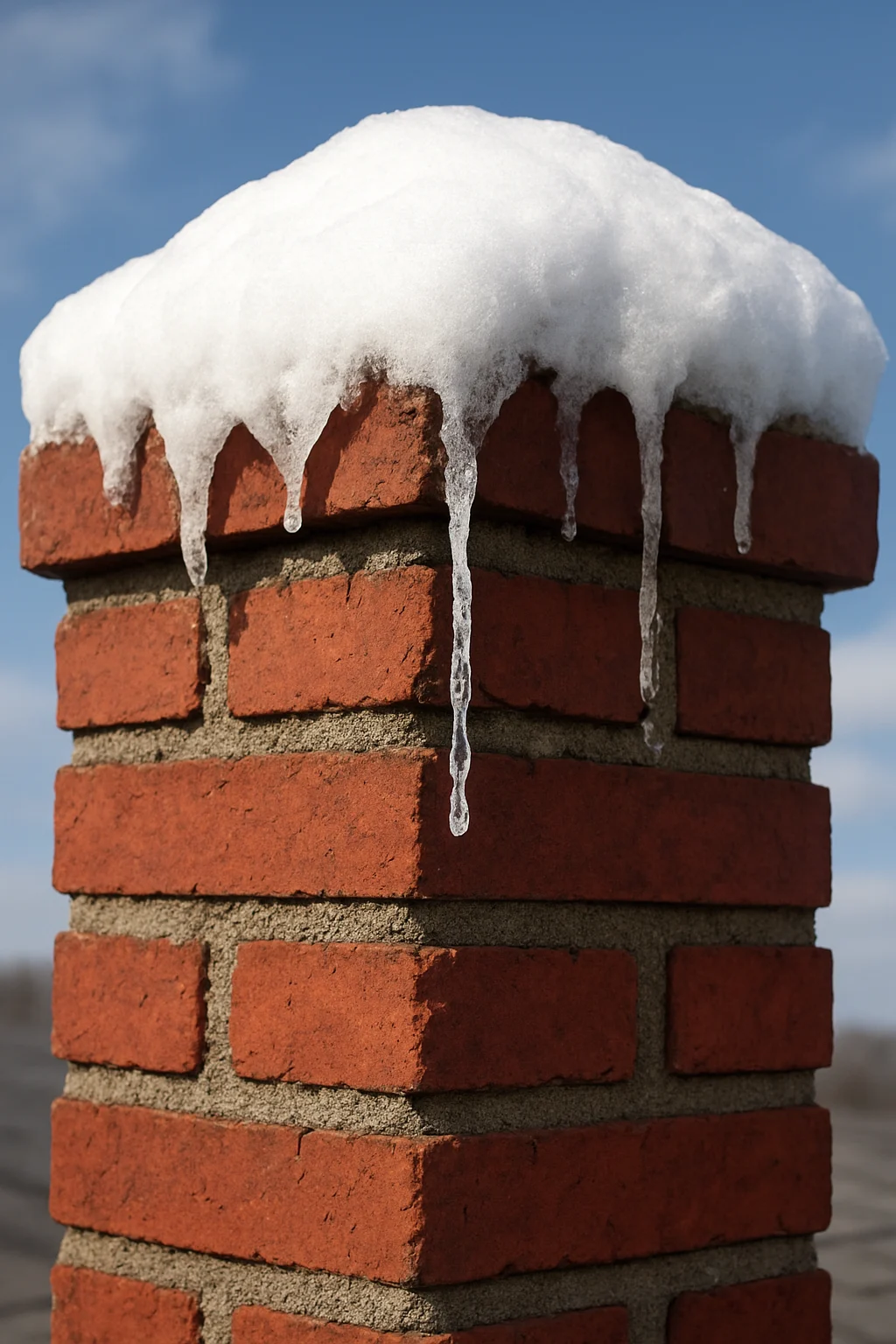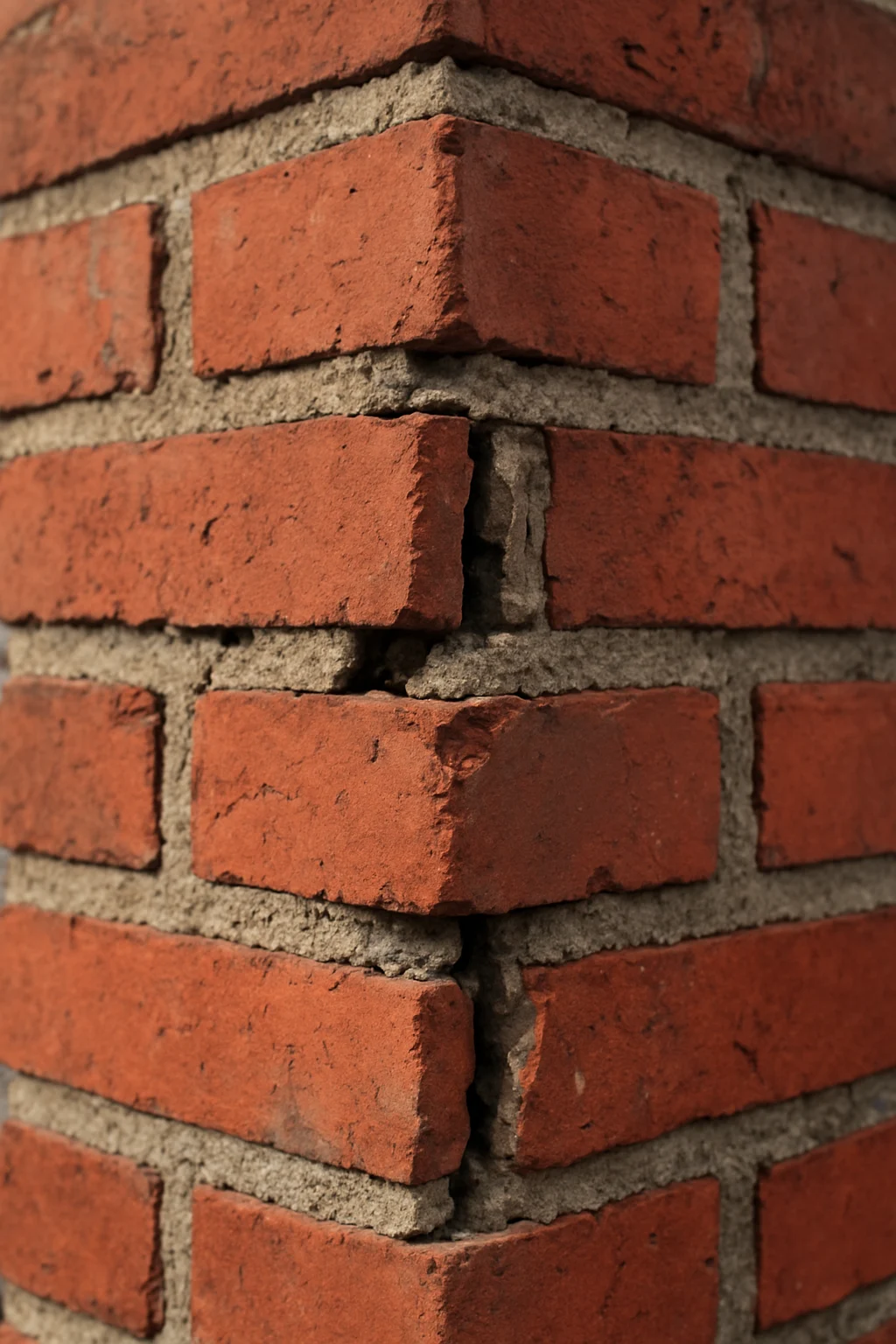6 Signs Your Chimney is Overdue for Cleaning
Fireplaces and wood stoves provide both affordable heat and the beauty of a real fire all winter long. However, they rely on clear and clean chimneys to send smoke and gases out of the home so your air stays clean and clear.
Learning when to clean your chimney helps you stay compliant with local codes and reduces any risks related to creosote buildup. If you’re a newcomer to fireplace ownership or chimney maintenance, watch out for these eight signs you’re overdue for cleaning.
1. Shiny Black Residues
A powerful flashlight and a small handheld mirror can help you inspect the inside of the fireplace, wood stove, or chimney itself. Look for dark oily marks on interior walls, black residues on the damper, and crystalline or “fuzzy” looking build-up anywhere in the smoke path.
Visible creosote build-up in the visible parts of the fireplace and chimney indicates far more extensive accumulation further in the chimney. Stop using the fixture until you have it professionally inspected and cleaned.
2. Ongoing Burnt Odors
If you’ve swept your fireplace and removed any remaining charred wood bits and ashes, you shouldn’t smell a distinct smoky odor from it. Lingering smoky or burnt odors often indicate creosote buildup in the chimney that could pose a fire hazard.
Timely cleaning not only reduces potential hazards but also helps you get a fresher smell in your den or living room. Creosote can produce an off-putting greasy smell that is sometimes confused for kitchen odors, but only a chimney cleaning will put an end to it.
3. Smoke Fills the Room
Extensive creosote buildup can block the chimney or reduce its flow so much that smoke flows back into the room during a fire. Check first that the damper is open and hasn’t fallen shut.
If the damper is open and yet smoke continues to redirect into the room, you need to put out the fire and have the chimney inspected. In addition to creosote, smoke issues indicate other chimney issues like:
- Bird nests or other animals living in the chimney
- Cracked or collapsed chimney liners
- Crushed or dirty chimney caps and spark arrestors.
Fireplaces shouldn’t set off fire alarms in other rooms when they’re operating normally. If you have to keep disabling alarms more than 10 feet away every time you have a fire, you may have smoke infiltration you haven’t noticed yet.
4. Damper Sticks Open or Shut
The damper should open and shut smoothly and without hesitation. If it sticks or slides shut on its own, it could block airflow and send smoke back into the home.
A sticky damper is a sign of creosote buildup. The material drips back down when the fire cools down, coating this essential part in a glue-like material.
It’s not always easy to see dampers in today’s tightly fitted fireplace designs, but you can feel how it responds when you open and shut it. Invest in a fireplace inspection and chimney cleaning when you experience any problems with the damper since it’s essential for keeping warm air in your home when you’re not burning a fire.
5. Fireplace Doesn’t Want to Draft
Your fireplace should draft evenly and quickly, pulling smoke and other gases away so they don’t mix with your indoor air. If your fire seems sluggish, doesn’t burn as well as it used to, or sputters in odd ways, you should test the draft.
With no fire in the fireplace and at least a day after the last fire, twist up a piece of newspaper and light it near the open damper. The warm air should quickly rise up the chimney, taking any smoke along with it.
If there’s no noticeable draft to pull warmth and smoke up the chimney, it’s likely blocked. A professional inspection and cleaning visit will determine if it’s clogged with creosote, animal nests, or other issues.
6. Debris Falls Down
It’s normal for small amounts of ash and creosote to fall back down a chimney during an active fire. This natural process keeps your chimney from immediately clogging up with burn by-products.
However, you shouldn’t see debris falling when there’s no fire to heat up the chimney. If you experience a shower of black bits every time you walk near the fireplace or tap on the chimney’s exterior, you are definitely overdue for a cleaning.
Don’t start a fire until you have the chimney inspected if you keep finding piles of black material in the fireplace when it’s not in use. By the time creosote is falling out of the chimney at this rate, it’s likely clogged to the point of no longer drafting properly.
What Happens When You Don’t Clean the Chimney?
Creosote is a naturally produced byproduct of burning wood. No matter how well you stick to burning dry wood and stick to hot roaring fires, you’ll end up with residues that slowly reduce the chimney’s ability to draft smoke away.
Cleaning your chimney or stove pipe is the best way to stay code compliant while avoiding issues with smoky fires or unpleasant odors between fires.
FAQs About Chimney Cleaning
- Can You Clean Your Own Chimney? There are tools and kits available for this purpose, but consider that it’s a physically challenging process that can create quite a mess. It’s easier to leave it to the pros.
- How Often Does a Chimney Need Cleaning? It all depends on the types of fires you burn, how often you use the chimney, and its age and condition. You should get your chimney cleaned at least once a year, even if it’s rarely used, and possibly more often.
- Can an Uncleaned Chimney Make You Sick? Yes, if a chimney is not properly cleaned it can lead to a build up of soot and creosote, resulting in potential asthma flare-ups and irritating the eyes and skin. Additionally, an uncleaned chimney can also cause carbon monoxide (CO) poisoning, which can be deadly.
Chimney Cleanings with Southern Chimneys
Learning when to clean your chimney can take a little trial and error. Schedule an inspection with our team at Southern Chimneys to determine the current condition of your fireplace and chimney rather than wondering when to care for it. We’ll recommend a cleaning schedule based on its age, condition, and your fire-burning habits that will give you peace of mind every time you strike up a match. Don’t wait any longer, call us today for your inspection, and get winter ready with a cleaned chimney!
This post first appeared on https://southernchimneys.com


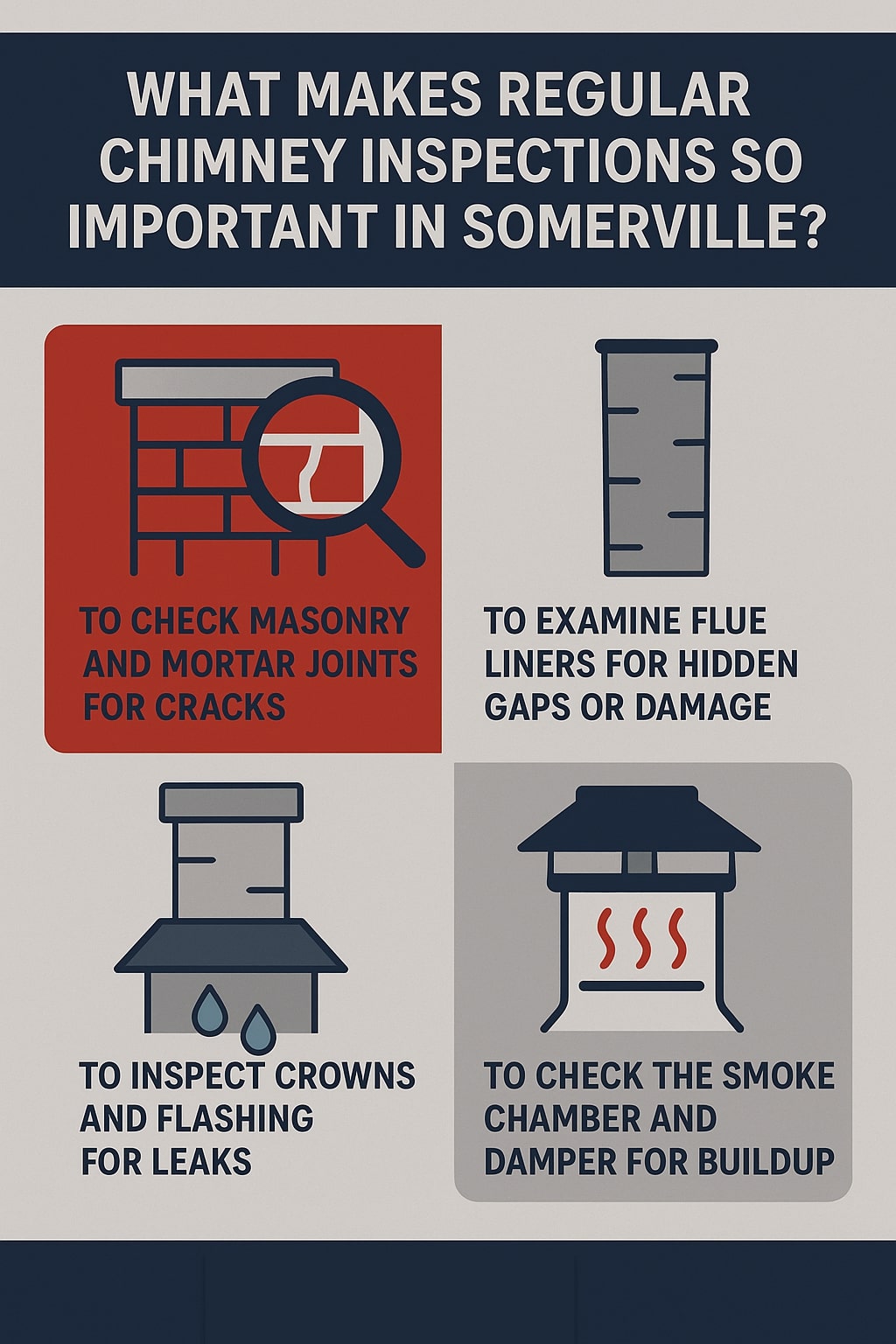
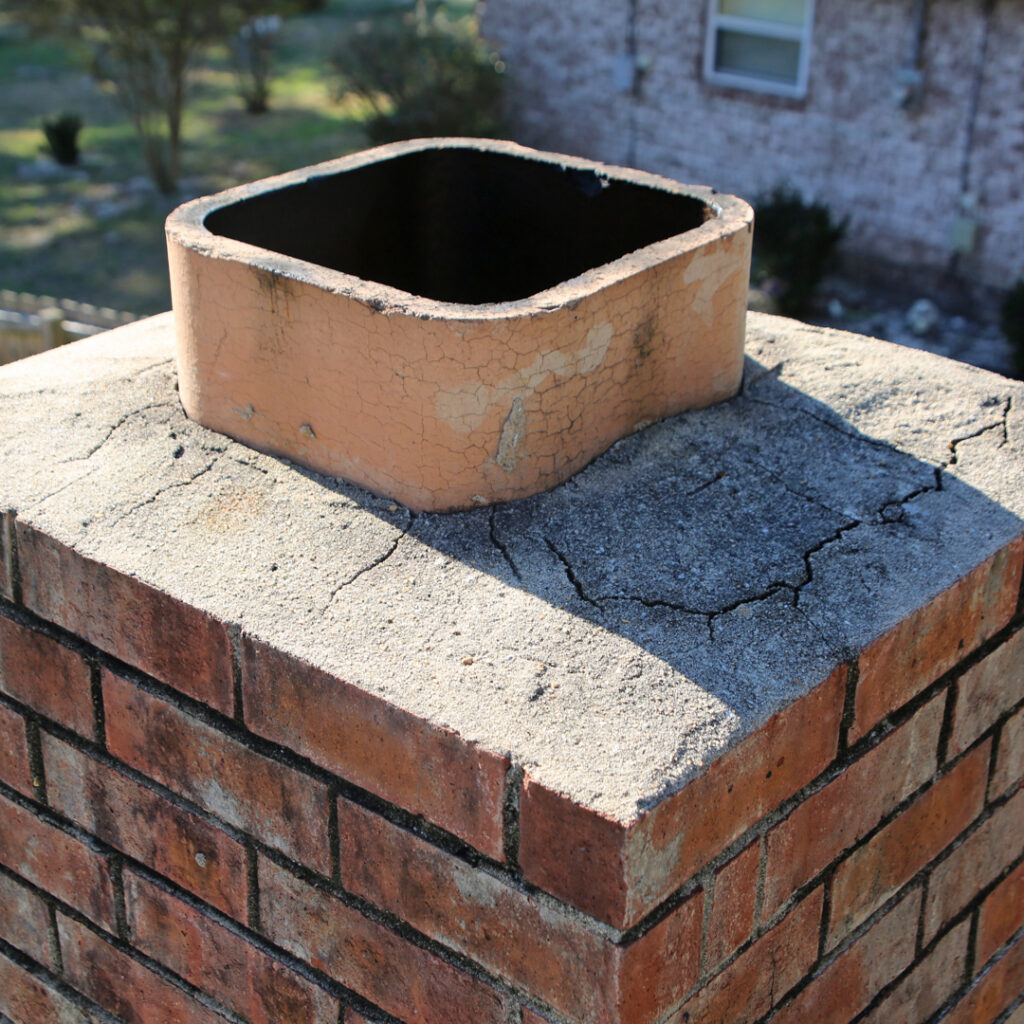 Myth 1: Brick and Mortar Don’t Let Water In
Myth 1: Brick and Mortar Don’t Let Water In